It’s a long way from Cali to Buller; it’s even further from the early days when Scot Nicol, Joe Breeze, Ignaz Schwinn and Gary Fischer were busy ripping apart single-speed bikes, removing superfluous parts to make them better at barrelling down fire trails at break-neck speed.
Mountain biking has certainly come a hell of a long way since the klunker days. According to the founder of Ibis Cycles, Scot Nicol, now is a very exciting time.
“I think that right now, we as a mountain bike and cycling community worldwide are in the second golden age of cycling.”
Visiting Mt. Buller for the second Australian Mountain Bike Summit, Scot delivered an insightful presentation that explored where we’ve been, where we are now, and where he thinks mountain biking is ready to go next.
The “first golden age of mountain biking” Scot said, was way, way back in the 1890s. This was a time when bicycle locomotion was the way to get around. Henry Ford hadn’t arrived yet with his automobiles to clog up the roads and the skies, and the number of patents relevant to cycling in the U.S. patents office was at an all-time high.
“I’ve heard it said that in the patent and trademark office in the United States there were two offices: one that held bicycle patents and one that held everything else”.
Scot even showed us a patent for what looked like the first rear-suspension bicycle taking on “bumps” (i.e. potholes) with ease, using a spring system behind the bottom bracket.
But with the arrival of cars came a shift in focus for engineers and designers the world over. Bicycles were pretty much forgotten for the better part of 40 years, and as Scot sees it, bicycle innovation wouldn’t get back to where it was for over a century.
But the good news we are there now.
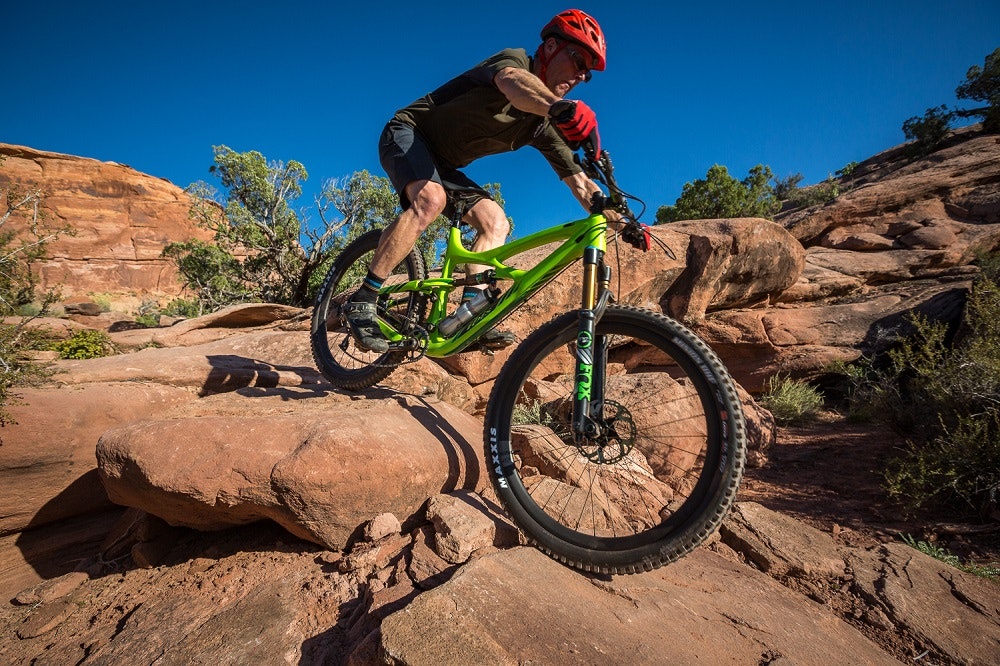
See also: Dave Donaldson on 'how to build a world-class MTB destination'
Materials
Mountain bikers are pretty proud of the fact that mountain bike technology over the past decade seems to have paved the way for other disciplines. But one thing that we’ve got to give to the roadies – and to be thankful for – is the development of carbon-fibre. Carbon-fibre technology has radically changed the way that bike frames are built and designed. It has allowed companies like Ibis to, not only dramatically improve the performance of their bike frames, but to create new and beautiful organic shapes. And that’s where Roxy Lo comes into the story.
Hiring Outside the Box
Working with aluminium, titanium or steel is physically a lot easier than carbon-fibre. But with that comes inherent restrictions. Alloy tubing can only run in straight lines: designers’ and manufacturers’ creative decisions are dictated by the material itself. This dictator has no regard for aesthetics: ‘form must follow function’, it says.
But the ‘tyranny of tubes’ – as Scot’s partner Hans Heim likes to call it – soon felt the carbon-fibre revolution’s full force by way of creative design.
Roxy Lo had previously worked for Pottery Barn designing kids’ toys before she started at Ibis. Roxy knew nothing about bikes.
“We were running through the drawings and I said, ‘yeah like, make the top tube a little lower’, and she said ‘where’s the top tube?’… And I said ‘perfect, that’s exactly what we want!’”
Scot and the team decided that in order to make full use of the potential for radical design, they needed someone who could look at the bike and see it for the first time; to imagine bicycles that others might not even have considered due to preconceptions about what a bike frame should be.
Carbon-fibre has enabled designers like Roxy to suggest designs that before would have been impossible to produce with alloy. The tyranny of tubes was no more; the dominant paradigm had been flipped on its head; form no longer needed to follow function – carbon-fibre and 3D modelling made sure of that. Instead of coming up with the functionality a bike needed to have, and then fit the shape of the bike frame around that, the team at Ibis Cycles could now start with design and determine functionality later in the R&D process.
It was this process that led to the development of the predecessor to the modern trail bike, the Ibis Mojo Carbon.
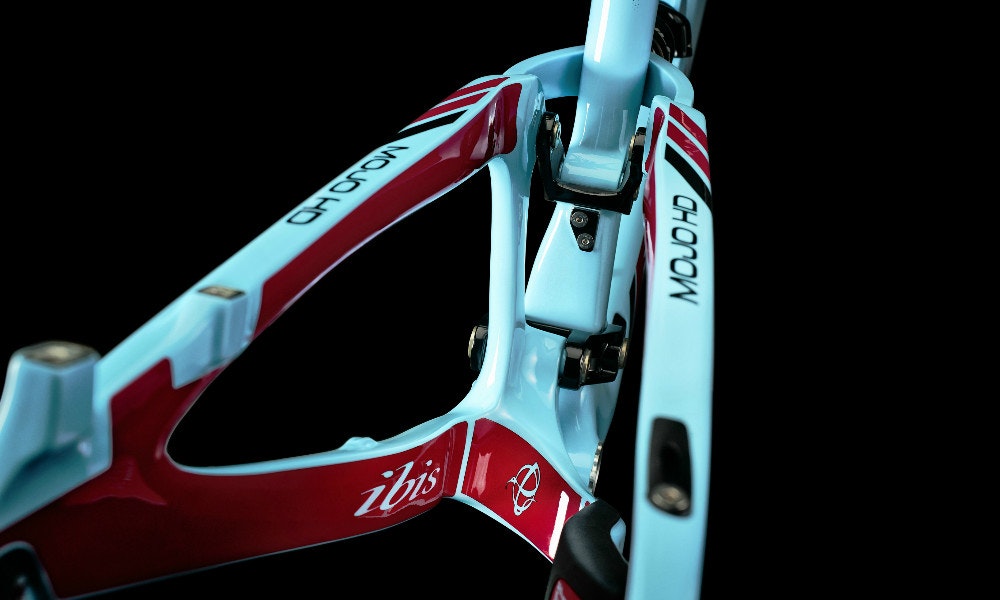
The Modern Trail Bike
Trail bikes, like the Mojo, have come a long way since then. Geometry has become longer and lower, advances in rear-suspension have transformed them into dual-suspension bikes that not only go downhill fast, but that climb beautifully as well. As Scot said, “trail bikes are so capable now…they’re so incredible that there is not a lot of reasons to buy an XC bike unless you are a world cup racer.”
Trail bikes are the heroes of the second golden age. But Scot ensures us, there is plenty more where that came from. It could be said that frame technology has reached a certain plateau for now. Frames are sure to get even lighter and stronger and stiffer, and suspension is sure to get incrementally better. So Scot and the team at Ibis are focusing on some of the other benefits of modern composite materials.
Reinventing the Wheel
Mountain bike wheels were unfortunately for a long time subject to the tyranny of tubes as well. In this case, it was the other bike tube that was creating the laws.
For a while now, mountain bikers have known the benefits of wider rims. Wider rims naturally create a bigger contact patch on the trail, providing more grip, and surprisingly, less rolling resistance. Lower pressure can be run effectively improving this even further. The problem with aluminium wheels being made wider was that they became too heavy. This might be fine for downhillers, but XC riders suffered too much from the increase in weight. A trade-off had to be made: rims were made narrower in order to save weight at a loss of traction and performance.
Carbon-fibre came along and changed this, too. Carbon wheels could be made wider and still be light enough to run on an XC or trail bike, and yet another problem had arisen: tubes. The wider the tyre, and the lower the pressure, the higher the rate of pinch flats, and so for a long time, riders upped their pressures in order to compensate. That’s why now Scot and many other mountain bikers are going tubeless.
Tubeless tyres are lighter and easier to fix than ever. For Scot, they are a big player in the ongoing reinvention of the wheel. And they are enabling manufacturers to experiment with new wheel and tyre sizes.
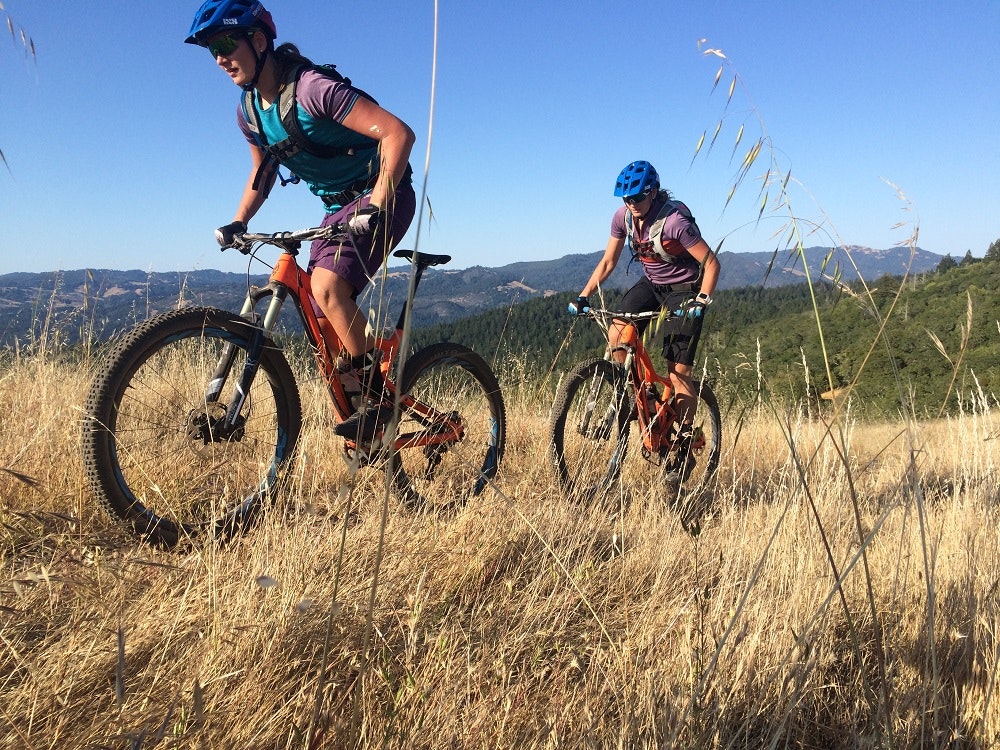
See also: some great advice on cleaning your bike
26 Inch Wheels v 27.5s and 29ers
Wheel sizes in mountain biking can be one of the most difficult things for newcomers to the sport to get their heads around. While the learning curve might seem steep at first, the deeper you dive, the more you begin to realise that all they are really doing is providing you with options.
Wheel sizes weren’t always seen by the mountain biking community as options, however. Rather it seemed like most rider’s decision to run 27.5s over 29ers was based purely on what was trending at the time. Unfortunately for 26 inch wheels, this is still the case.
“We started with 26 inch – apologies to anyone who is still riding it – but it’s dead,” Scot said.
These days, as far as trail bikes go, we have two options: 27.5 and 29 inch (if you, like Scot, think that 26 inch wheels are dead and should stay that way).
But while form may now precede function in the design process, riders are now choosing a wheel’s function before they consider its form. Rather than listening to their buddies, Scot said, riders are beginning to realise that wheel choice (and indeed bike choice) should come down to two things: “Where do you ride? How do you ride?”
And as more and more products begin to be developed based on this model we see the development of yet more categories.
“We have 29 and 27.5 plus. Nobody’s making 26 plus, sorry…”
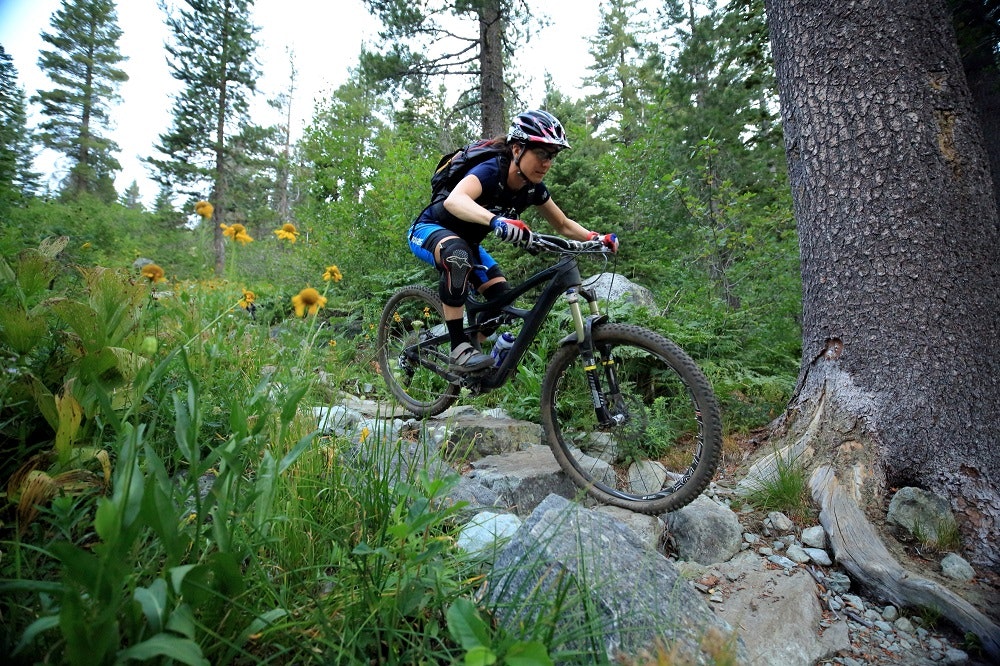
See also: S-Works tyres review
Plus size tyres have been around for a little while now, and have been hailed and criticised in equal measure. Scot, however, sees them as one of the next big steps in the development of wheel technology. Plus tyres are dramatically wider than standard tyres, but don’t freak out yet, they still fit on standard wheel sizes. 27.5+ tyres might be 2.8 inches to 3 inches wide, enabling them to handle some rough terrain better than narrower tyres. In some instances, however, that added mass can cause them to be really bouncy. As Ibis Cycles engineer Colin Hughes puts it, “they’re really fun, until they’re not…”
So plus needs work. But the fact that materials and technology are now enabling bike manufacturers to try new things – to design products specifically for certain types of terrain – means that riders can now choose their products based on where they ride, and how they ride.
Boost
Ibis like many other mountain bike manufacturers is also working with the newest rear-end standard to hit the industry, boost.
Carbon-fibre has again enabled engineers and designers to work with bike geometry that in the past would have made a bike too heavy. Boost increases the standard through-axle width from 142mm to 148mm, creating a bike that can still climb, but that is capable of descending even faster.
What does this mean for the rider? Well you now have more choices than ever. For Scot and his team it’s a veritable pain in the backside because they now have to develop two rear-end options for every bike that they produce, but you asked for more options and the manufacturers have delivered.
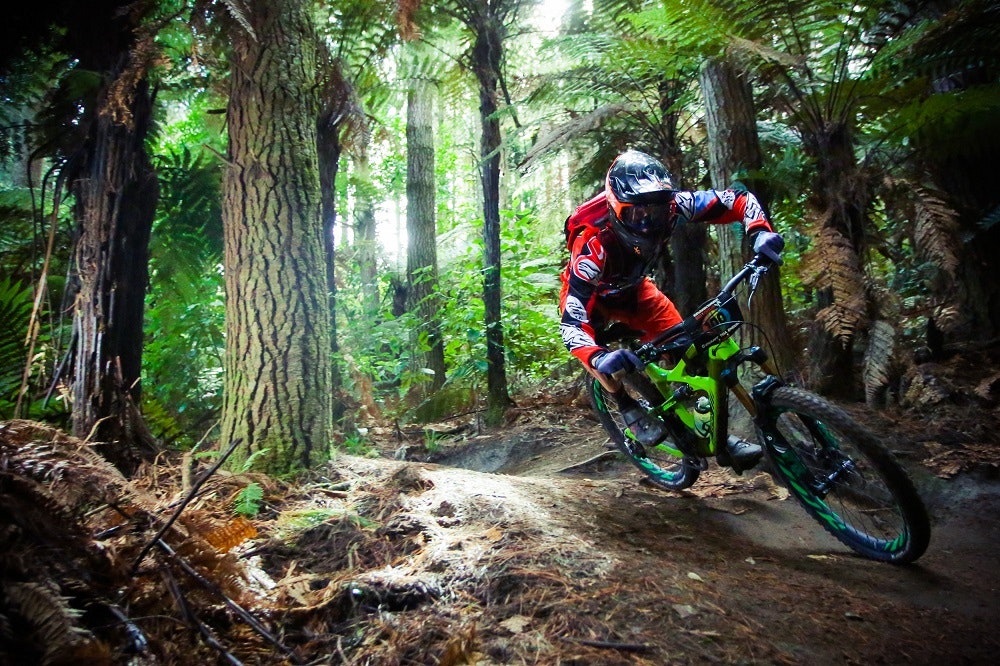
The Future of MTB?
It’s already here, sort of. Once upon a time, Scot Nicol and his buddies ripped parts off bikes to make them better off-road, but when that didn’t cut it, they turned to building bikes of their own. Back then a bikes required functionality and the available materials determined the way it looked. But advances in materials, suspension, and computer technology have enabled bike manufacturers to build bikes on their own terms; to create beautiful shapes, and entirely new bike models that subvert what we traditionally thought the mountain bike could do.
It’s the second golden age of mountain biking, and as far as we can see the future looks bright.
A big thank you to the team at Mt Buller for putting on a fantastic event, to the Mt Buller Chalet for accommodating us and to Ibis Cycles for the awesome images.
Keep up with news, reviews, and more from the 2015 Australian Mountain Bike Summit - follow us on Facebook or subscribe to receive our regular email.




